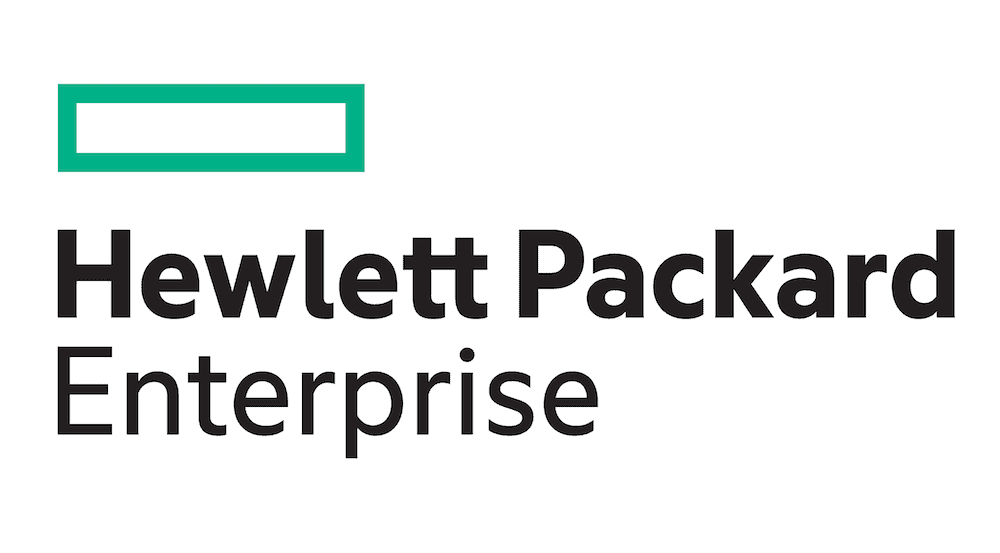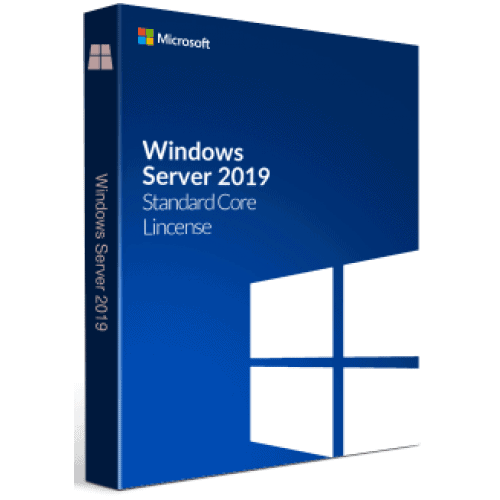Do you know 20,000,000 Servers worldwide are still running Windows Server 2008, and there’s a deadline that’s getting dangerously close? A lot end user still does not aware of the risk which will jeopardize the whole organization. Some already started to look for an alternative, either Azure or Windows Server 2019?

Support ends (EOS) for Windows Server 2008 on January 14th 2020. So customers are facing some big decisions and weighing the various options. Option #1: Do nothing. Delete every email from Microsoft. That’s tempting, but not wise. 3rd Party app vendors can’t fix bugs if the underlying operating system is no longer supported. So most ISV’s will drop support for 2008 once Microsoft drops support in January. If your applications stop working, and you can’t get support, that’s a big problem. But there’s another problem that could actually cripple your organization…

Microsoft Azure Virtual Machines as an alternative
These old systems are HIGHLY vulnerable to cyber-attack, and free security updates are terminated in January. Now, Microsoft will provide extended security updates if you migrate Windows Server 2008 to run on Microsoft Azure Virtual Machines. But it’s important to note, all they’re providing are security updates, not OS Support. The OS and applications are still unsupported.
And another thing. The experience of running VMs on the cloud is very different from what most of us expect from a true cloud experience. One example, with VMs, if you undersize the system requirements for an application, or if compute requirements increase, the VM doesn’t scale automatically. You have to manually reconfigure the system and reboot. Same thing, if you over-provision the VMs and your monthly spend is actually higher than it needs to be. You’re in the same situation. So you really need to monitor these VMs constantly. Nothing happens automatically. To scale up or down you have to manually reconfigure and reboot.
In fact, many of the features that Azure customers take for granted, like, availability, redundancy and backup, have to be configured manually with VMs. So there’s a lot of on-going admin effort involved in running Windows Server 2008 apps on Azure VMs, and remember, this is still an unsupported operating system, running applications that are probably not supported either. That’s not ideal. So what’s the alternative? For applications that do belong in the cloud, Azure PaaS, Platform-as-a-service, provides overwhelming benefits compared to VMs. That’s where you get the automatic scale-up and scale-down that customers associate with cloud computing.
Hewlett Packard Enterprise Solution
And Azure automatically insures the highest availability and performance and provides much better security against cybercrime than any Windows Server 2008 environment. With far ls management required on the user’s part, for those applications that can be run more efficiently, or more economically on-prem, Windows Server 2019 on HP Gen10 servers provides back-end support, and access, to Azure, so that applications aren’t lost during outages, you’re able to protect and restore data, and you can manage both Azure and On-Prem servers from a single, integrated view.

Recommended Solution – Windows Server 2019
Windows Server 2019 provides protection against cybercrime that isn’t available for legacy environments! For Azure applications that are best run on-prem because of cost, or regulatory compliance or performance, Azure Stack is a perfect complement to the public cloud post customers envisions a multi-platform deployment strategy. Windows Server 2019, the operating system that bridges on-premises and cloud, and Azure provide the deployment flexibility that the IDC study highlighted.

That’s the value of upgrading Windows Server 2008 to a modern version of Windows Server instead of just moving unsupported applications to run on VMs in the public cloud. The benefits of the hybrid cloud are huge. Don’t settle for less.

